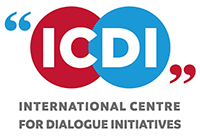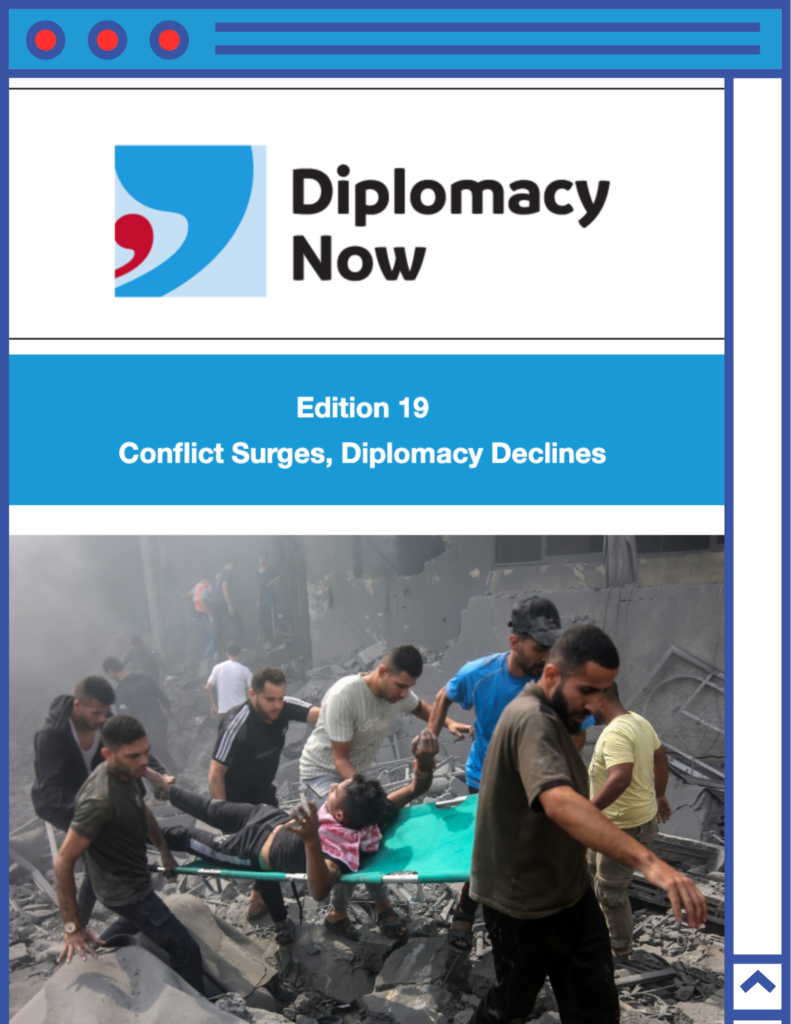Despite the high hopes Syrians and the world had before the one-day Syrian National Dialogue in Damascus on Feb. 25, 2025, it failed to offer a credible or inclusive vision for Syria’s political future.
The long-awaited Syrian National Dialogue Conference was presented by the new Syrian authorities, led by President Ahmed al-Sharaa, as a landmark event and as an opportunity to bring Syrians together to discuss a new political vision and build a more inclusive future. However, despite the symbolic significance of such a gathering, the structure, execution, and outcome of the event fell far short of expectations. Rather than providing a space for genuine political dialogue, the conference became a stage-managed exercise with limited participation and no binding outcomes.
Late Invitations and exclusion of key voices
One of the conference’s first missteps was its poor coordination of invitations, which excluded or delayed access for major political and civil society figures. Prominent individuals such as Burhan Ghalioun, George Sabra, Jihad Makdisi, and Suhair Al-Atassi, who are based out of Syria, were either invited too late to participate meaningfully or excluded altogether. This undermined the event’s credibility as a “national” dialogue and signaled a selective, exclusionary approach to political engagement. Also, it gave it a one-dimensional political discourse in line with the newly formed al-Sharaa government’s plans.
Lack of substance in final outcomes
Upon reviewing the conference’s final statement, it is clear that no significant new proposals emerged. Instead, the dialogue reiterated well-known talking points: the unity of Syrian territory, the preservation of civil liberties, and the need for a new constitution. These ideas have been broadly accepted across the political spectrum even before the conference. Their repetition at this event failed to push the conversation forward or reflect serious political change, such as popular demands and visions regarding the nature of the future government in Syria, the duration of the electoral cycles, and popular political representation.
Avoidance of core political realities
The conference also failed to address Syria’s political status quo, which remains under the control of a government installed and maintained through military means. Rather than opening the floor to debate about transitional governance, the event presented attendees with a pre-established framework—one that left little room for negotiation or dissent. This approach eliminated the possibility of meaningful political bargaining or consensus-building. This was confirmed by some attendees and invitees, who stated that the closing speech did not differ significantly from the draft presented to them during the preparatory sessions only days before the conference event happened, indicating that the results of the dialogue were ready even before the national dialogue itself took place.
Media marginalization and lack of transparency
Concerns about transparency extended to media access. Many journalists and media professionals, especially those with credibility and followings, received last-minute approvals, while some didn’t have access entirely. According to insider sources, media accreditation lists were compiled at the People’s Palace, raising questions about favoritism and central control. This further limited the diversity of narratives emerging from the conference, only to have some edited clips of coverage at the end, no live streaming or full speeches.
Regional exclusion and the silence on secession risks
Despite ongoing concerns about national fragmentation, the conference excluded representatives from the Syrian Democratic Forces (SDF) and southern opposition areas. The absence of these groups from the dialogue undermines any claim to national representation. Additionally, a public participation survey accompanying the event omitted Raqqa and Hasaka, two major governorates in northeastern Syria, further alienating large swathes of the population.
Bureaucratic barriers to citizen participation
Even the mechanisms that aimed to include Syrians outside the conference were marred by bureaucracy. The requirement to upload government-issued identification documents excluded many Syrians who were unable to access such paperwork before the fall of the Assad regime due to the risk of being arrested if they went to Assad-controlled areas to issue them. In addition to millions of cases of Syrians in Europe, where asylum laws in many countries required Syrian refugees to hand over all the Syrian-issued documents they had. This created an uneven playing field where many Syrian individuals couldn’t participate in the survey.
Non-binding recommendations and no path to implementation
Perhaps the most critical flaw was the non-binding nature of the conference outcomes. The preparatory committee clearly stated that the recommendations do not constitute an official mandate and can be disregarded without consequence. This not only undermines the entire exercise but also signals a lack of political commitment to actual reform based on what the Syrian people see as correct and fit them.
To complicate matters further at this sensitive juncture, on March 6, violent clashes erupted across coastal parts of Syria, triggered by remnants of the collapsed Assad regime. What began as localized fighting quickly escalated into sectarian and retaliatory violence, culminating in one of the deadliest massacres in Syria’s modern history. Documented figures indicate that 803 Alawite civilians were killed, along with hundreds of fighters from General Security Forces and Assad loyalists.
The new Syrian government initially released no official numbers, prompting public outrage. In response, interim president Ahmad Al-Sharaa announced an investigative committee. Yet, sources have indicated that none of its seven members came from the Alawite community, the group most affected. This exclusion was widely seen as a continuation of Syria’s long-standing patterns of political marginalization, even amid national crises.
New constitution gives sweeping powers to the president
On March 14, the government issued a new constitutional declaration, claiming it reflected the outcomes of the National Dialogue Conference. In reality, over two-thirds of the document dealt with the structure and powers of state institutions, issues that had never been discussed at the conference or approved through any national consensus.
The new constitution granted sweeping powers to the president, including authority over appointing one-third of the People’s Assembly, the ministers, diplomatic envoys, the Supreme Judicial Council, and the armed forces. It also abolished the prime minister’s role, making the executive fully subordinate to the president. Although it formally limited presidential terms to five years, it entrenched unchecked executive dominance.
Crucially, these reforms were drafted unilaterally by a constitutional committee appointed by the president, again, who then claimed their legitimacy stemmed from a dialogue process. The so-called National Dialogue Conference thus became a political cover for predetermined constitutional changes, reinforcing authoritarian rule under the guise of reform.
Together, the March 6 massacre and the March 14 declaration illustrate a clear pattern: the manipulation of crisis and dialogue to legitimize unilateral governance. Rather than signaling a new chapter, these events deepened exclusion and centralization, especially for communities already devastated by violence.
While some have drawn comparisons to other regional national dialogues, such as Yemen’s, these are fundamentally flawed. Yemen’s process began more than a year after the fall of Ali Abdullah Saleh, allowing for real preparation and broader participation. Syria’s, by contrast, was hastily organized in a context still dominated by entrenched power structures. More importantly, Yemen’s dialogue sought to rebuild the state, while Syria’s merely attempted to manage fragmentation without enabling genuine power-sharing or addressing root causes of the conflict. The divergence in timing, structure, and intent makes any comparison misleading.
Hussam Hammoud is an investigative journalist specializing in armed groups and migration. Since 2015, he has reported in English, French, and Arabic for leading international media outlets, such as ARTE, BBC, and Mediapart, on uncovering complex dynamics in conflict zones and displacement contexts across the Middle East and beyond.




